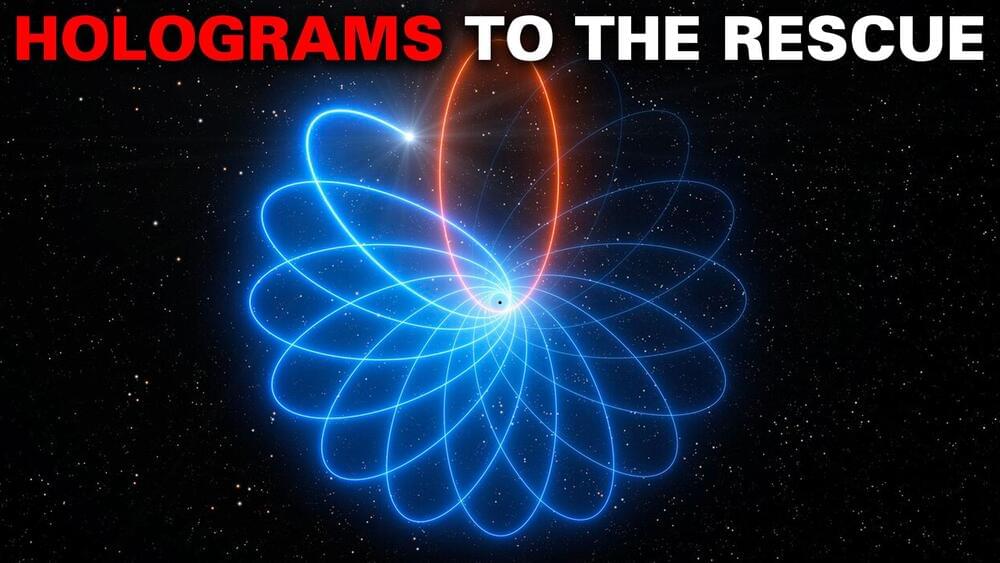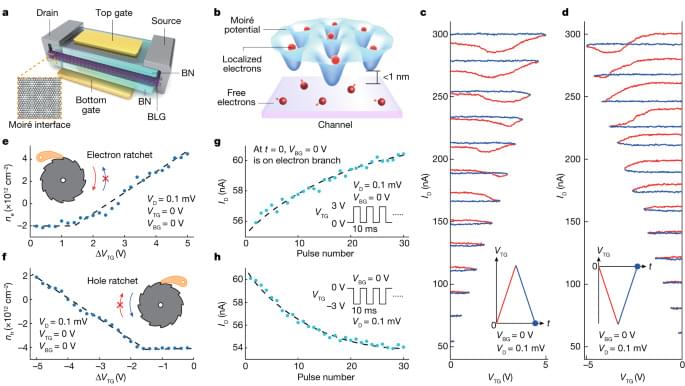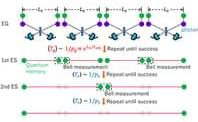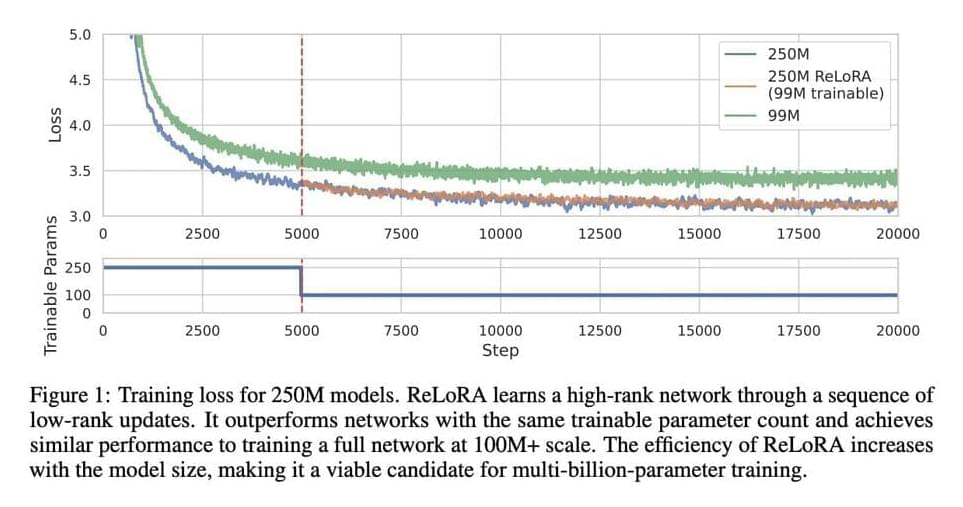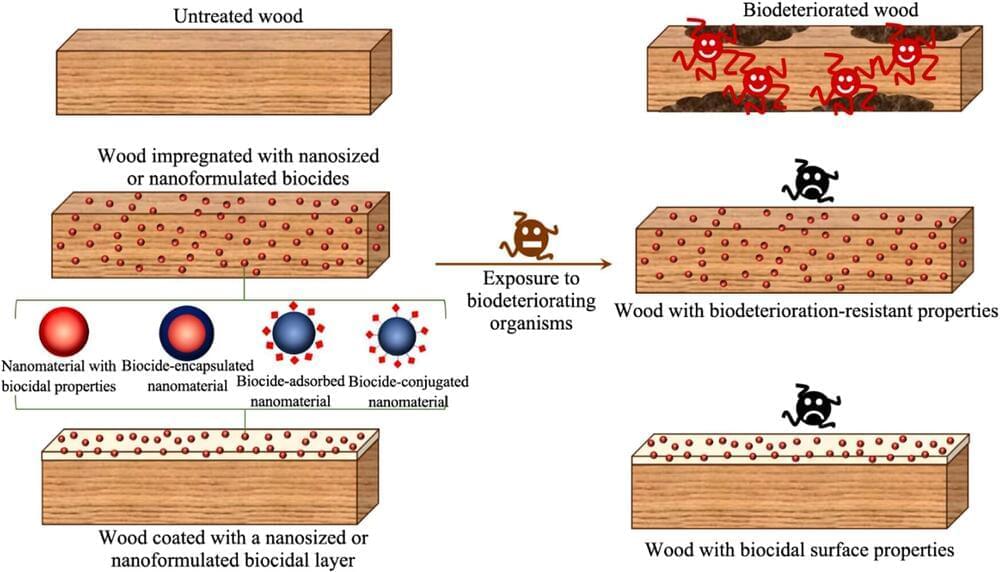TL;DR: a warp trip will show up on a gravitational detector because the space ship’s mass instantly disappears and later re-appears somewhere else.
There is some interesting foundational research [ALC] into faster than light [FTL] travel, but by everything these theories tell us, the ingredients for such modes of transportation aren’t available in the universe. FTL should be possible because the universe expands [EXP] at speeds greater than that of light, as [EXP] eloquently states: “galaxies that are farther than the Hubble radius, approximately 4.5 gigaparsecs or 14.7 billion light-years, away from us have a recession speed that is faster than the speed of light”
Since it is unclear whether the material needed for an FTL drive will ever be available, funding research in that direction could be a waste of resources, unless synergies emerge. In the spirit of respecting taxpayer’s money, I think FTL research should try to exploit – and generate – synergies with other fields of research.




